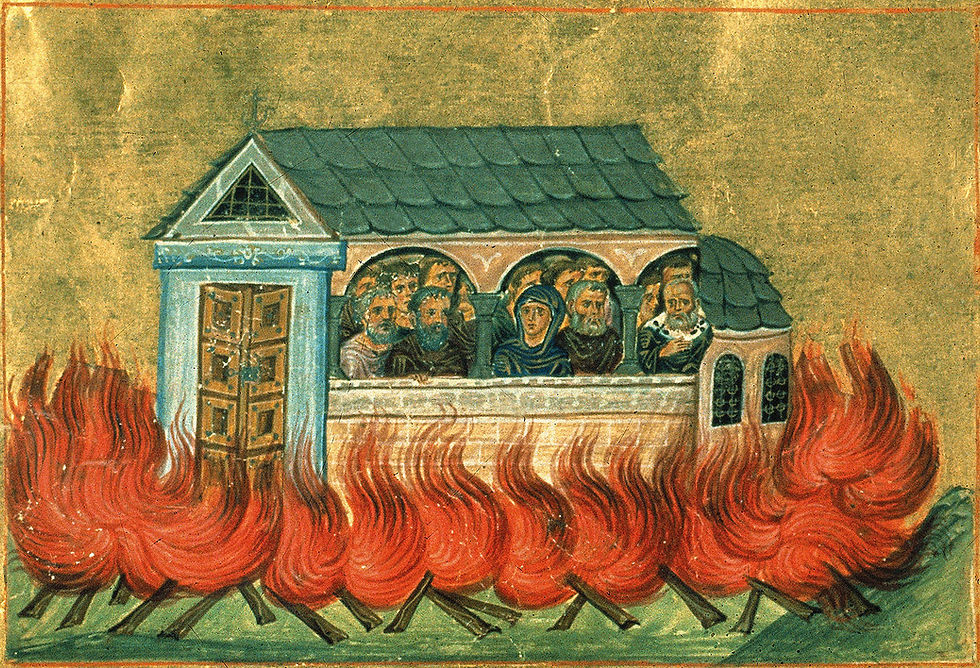Why have we got such big brains?
- Tim Boatswain

- Jul 27, 2020
- 3 min read
Updated: Mar 22, 2023
When I left UK Higher Education as a full-time occupation, I did what a lot of academics do when they retire: I became a ‘consultant’, or at least that’s what was written on my business card. Now, if I am honest, although I was busy for some years as chairman of a private college in Singapore, I have had very few consultancies in the last decade. The financial crisis of 2008 didn’t help as companies and organisations went into periods of austerity and consultancies were generally considered a luxury that often could not be afforded.
There was no demand for my brand of consultancy. My silver lining was giving lectures in China, Vietnam and Singapore, ironically, on the financial crisis to, no doubt, a whole lot of bored, usually Business Studies or MBA students. However, I was once contacted whilst in Singapore by a well-known company to advise about a venture they were opening up abroad. Over the years of the ’global village,’ there has been an increase in multinational companies hiring anthropologists to advise them how to operate in other, ‘alien’, cultures compared to their home country.
One of the questions I was asked about was management structures and the appropriate management hierarchy for effective engagement and control. Now when I was lecturing MBA students on this subject I would refer to the structure of the Roman army as a good model of command and control in terms of numbers working together: the smallest unit in the Roman army was a contubernium, consisting of 8 men,10 contubernia made up a century (the name is a misnomer as it was usually around 80 men), 6 centuria would make up a cohort and there 10 cohorts a legion (c. 4,800 men).
There is now a more scientific approach to understanding how the scale of human relationships work, the Social Brain Hypothesis. In this theory the closest group is just 5, ‘your loved ones’, this is followed by your good friends 15, then 50 friends, 150 ‘meaningful contacts’, sometimes referred to as ‘your community’, 500 acquaintances and 1500 people you can recognise. This pattern of relationships is remarkably universal so is not culturally driven but has far more to do with evolution.
The evolutionary point of the Social Brain Hypothesis is that humans can relate and manage much larger groups than our primate cousins and this is explained by our larger brains. At one time it was thought that it was our capacity to make tools that created our large brains but we now know not only can other mammals make tools but earlier hominids were making tools long before homo sapiens evolved. The Social Brain Hypothesis argues that our bigger brains came about to cope with larger social groups - anyone who has ever had a management role will know how taxing it can be to relate and to organise any group of colleagues, let alone large ones. Of course, that is why society has to pay managers and CEOs more (not going to touch on, this time, the ’gravy train’, whereby, to mix a metaphor, ‘snouts are in the trough’). What follows in evolutionary terms is that not only communities can achieve more through co-operation (from hunting to the hallmarks of civilisation) but also those better at managing social relations, and the stress that goes with it, will have more access to resources, sexual partners and be more likely to reproduce.
However, the price humans pay for their large brains starts with childbirth. Throughout history the mortality rate for mothers has been high as giving birth is a massive risk, the so-called 'obstetric dilemma’, where a large infant head has to make its way down a narrow birth canal. Once born the large brain, apart from making babies totally dependent upon their parents as the brain is not matched by motor skills, also requires huge amounts of energy to function, creating a whole series of knock-on effects. Although we can claim to be the most socially skilful species, which gives us huge evolutionary advantages, this does not mean we live in peace and harmony. Social and physical competition still underpins so much of human behaviour, characterised by bullying, domestic abuse, to war at the extreme end of the spectrum. As I argued before in my blog on Human Cultural Evolution Curbs Violence (May 2020) we need to manage our emotions that lead us to anti-social behaviour but we should never underestimate the stress of being human - thanks to our big brains!




Comments